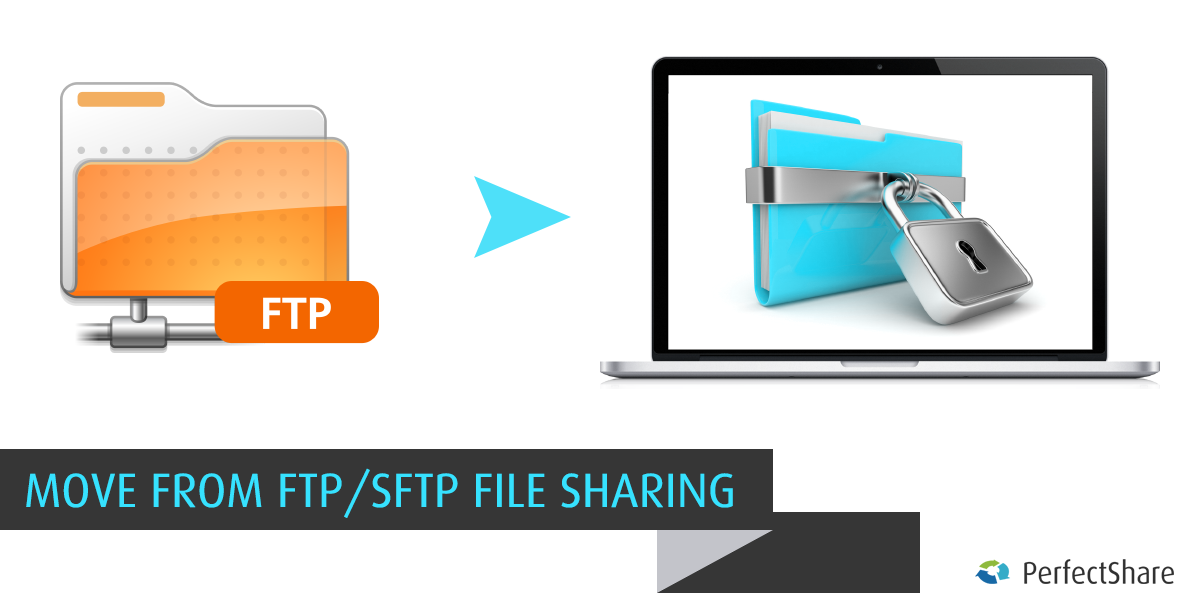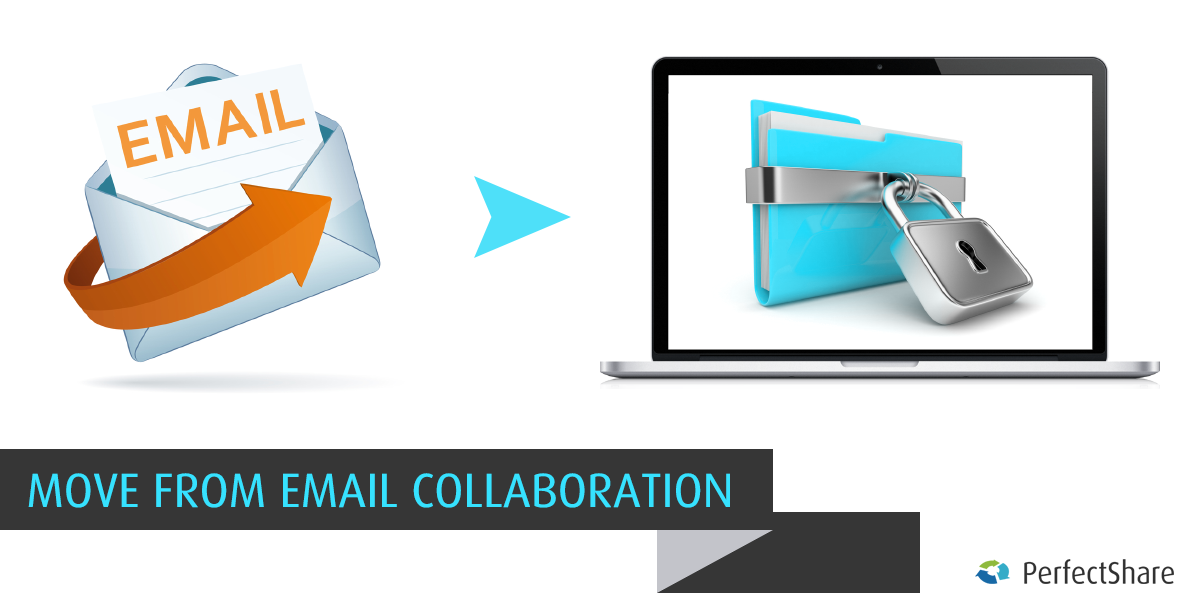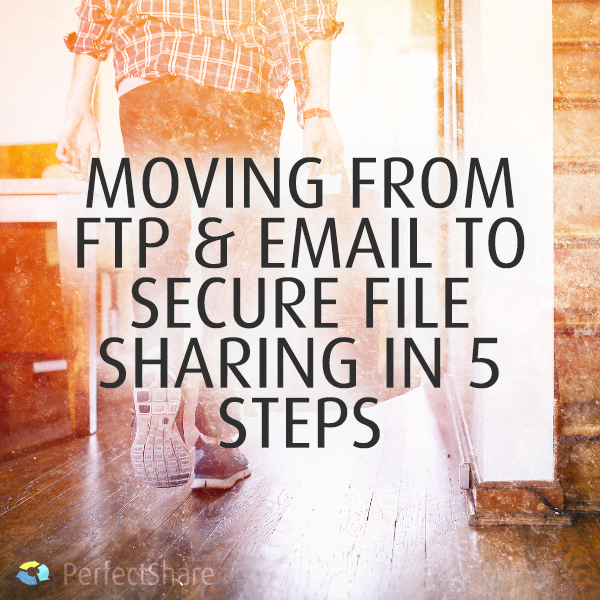Who likes change? Not too many people. Most people get used to one thing being one way, and if that changes, they almost feel like there whole world is out of alignment.
Think about the last time you lost your keys. Or, maybe the last time you misplaced your phone.
Did this happen because you actually “lost” it?
Or is losing it simply an effect of placing it in a much different location than your habit reminds you?
Not all change is bad. Moving toward fuel injection was great. The vegan and vegetarian movement makes us all healthier. Moving from saving to investing can multiply your retirement money.
Change isn’t all bad.
But what about business change…
Change in business is occurring at rapid leaps and bounds as of late. Between the internet going from an entertainment platform to a necessity in everyday life, and the phone becoming less of a utility and more the only way many of use communicate, it has changed. Social sales, marketing methods, moving towards cloud-based business solutions and even our people have adopted many changes that are positive for business.
However, some have not. Many businesses still use Excel for splitting and recording data. Many businesses still use snail mail for memos when email and even live streaming can work so much better. Finally, and unfortunately, businesses are still using FTP and email for file sharing and data collaboration.
Now, I know why. Everyone at PerfectShare, in fact, knows why. The technology seems too overwhelming, and the costs seem too disproportionate.
However, I’ve got some good news. Today, we are going to look at how your business can move from FTP file sharing and email data collaboration into a more secure, centralized and safe environment.

First…what are the pros and cons of FTP file sharing?
There are many pros and cons to FTP file sharing. How many of these do you agree with?
Pros of FTP File Sharing
- It’s secure (login & transmission)
- Clearly partitioned
Cons of FTP
- No reporting and notification system
- No clear access control
- Need to install software
Two strong arguments for FTP for sharing are here. First, it is, indeed, secure. The system allows for FTPs (which is a secure protocol of FTP), to securely send and download files from a server. As well, data housed in these directories or folders can have deep partitioning, where a subfolder has a subfolder and so on.
One of the largest problems with FTP is the lack of reporting, auditing and notifications. You have to link another application into the routine of the FTP server for this. Also, there is no direct access control; you would have to, once again, modify the FTP server. Finally, you have to install an FTP client to perform an FTP session or request.

What about email file sharing?
Just like FTP file sharing, data collaboration in email has some problems and some real benefits. Let’s look below at both, and see how your business is finding the good and the bad.
Pros of Email Data Collaboration
- Easy to use/adopt
- Be anywhere to use
- Versioning and history intact
Email Collab Cons
- Many security issues
- Addition/Removal of users is not simple
Email is great. Seriously…everyone has it, or has it available. As well, anyone can use their email account nearly anywhere. Another major pro to using email for data sharing is that you have versioning and history, plus a threaded form of communications inhand.
Where email starts to fall apart as a data sharing solution is in the security it allows. This could be handled with PGP or something similar, which is obviously another layer, install and learning cycle. Another major issue with email is that removing users from a conversation is nearly impossible as they already have the data and stay in the loop.
How can you move away from FTP and Email?
Operating a successful business is all about adopting what works, and removing what doesn’t. Simple, right?
The past methods deprecated, plain and simple. Due to security threats, more regulations and growing compliance needs, the old method, the one that has worked for decades, now doesn’t.
So, how do you move away from old methods of collaboration like FTP file sharing and email data collaboration?
1 – Capitalize on the strengths of both platforms
The first thing to do is to incorporate the strengths of FTP and email sharing. Both platforms do a good job of actually sending and retrieving files for users. In 2017, both can also be used from mobile devices; a massive increase in business speed from the past.
One of the major strengths of FTP and email file sharing involves instant sharing of data. I mean, this might seem like an implied ‘feature’ of both methods of data sharing, however, it shouldn’t be neglected. The ability to not have to wait days, or weeks even, to have data from your projects means everything.

2 – Understand the weaknesses; and move on
The largest weakness of both platforms that they both share involves access control.
Let’s be honest here, when it comes to business data, sensitive or not, controlling whom sees what is paramount. If you can do this for all data, then you are locked down solid.
FTP access control allows for a secure user login and, possibly, directory permissions. However, can you easily share single files with users? Can you monitor those shares, and remove and add more easily?
Email collaboration has the same type of issue. Access control, when adding someone to the conversation is simple. But what about when you want to remove that user?
A system that removes this access control boundary means that you can easily and quickly (and securely) add and remove people to a conversation or data collaboration session. This not increases the usefulness of the system, but also the security of your sensitive data.
3 – Incorporate methods that increase efficiency AND security
The next thing that your organization should do is incorporate methods that increase both your business efficiency and security. These two areas are usually at odds. Speed and output are usually slowed by security standards like regulations, policies and compliance needs.
One of the easiest of these is to only use solutions for your business that exist as protected via an SSL (or TLS) certificate. Using a business solution that is delivered and transmitted over a secure connection removes eavesdropping from your security concerns. While speed of this solution was an issue in the past, it no longer is in 2017.
Another way to incorporate efficiency into your solutions is to understand the technological roof that we are dealing with in 2017. Everyone can be everywhere – so mobile devices, tablets, cellphones and cloud devices, all should work in your choices. If you solution doesn’t allow for this ‘be anywhere’ mentality, there is an issue. Security can still be used in the cloud and in BYOD policies.

4 – Train your employees (and yourself)
Any solution that you use should also go hand-in-hand with the training to increase your and your employees’ knowledge on security issues. We suggest starting with an umbrella security policy that incorporates general security standards. From here, you can add in the following policies for more security:
- Internet Use Policy
- BYOD Policy
- Password Policy
- Social Media Policy (in-house and external)
- Email Policy
- Remote User Policy
These, among many more security policies, can allow your brand to be covered in many circumstances.
On top of these, discussion about the policies and their implementation is essential in staying secure. As well, staying up to date with compliance standards and regulations is another piece of this continued learning that needs done.
5 – Think long-term rather than for only tomorrow
What will happen tomorrow?
What will the future of technology mean in the next year? Next three years? The next ten?
Future technology will constantly give business and security opportunity, as well as issues. Keeping yourself apprised of standards and trends will allow you to have the foresight to incorporate these technologies, instead of shying away from them.
Remember when the term “in the cloud” was a buzz-word? Remember when that term was also aligned with insecure?
But now, if an application or business solution does not use the cloud in some form, its considered abnormal. In fact, in many ways, the number of solutions that use ‘being in the cloud’ as a selling proposition has decreased over time. In 2017, most solutions will not even discuss this technology as a selling point.
This is simply one example of technology catching up to the business world faster than the business world can adopt it fully. We don’t suggest that you adopt and embrace every single piece of tech as soon as it becomes available, but understanding it and making the decision is essential in surviving long-term.
Want more help in moving away from FTP and Email for file sharing?
While there are many solutions for moving from FTP file sharing and email data collaboration into a more secure, safe and simple platform for your business, none will work as good for you as PerfectShare. We are, in fact, so positive that you will love this solution for your brand, that we would like to start you off with 14 free days of PerfectShare, on us!
Click above to try out our custom file sharing solution. We offer specific points of access control, custom reporting and notification systems, as well as branding options for your business. PerfectShare takes the best of FTP and email collaboration, and mixes in security, efficiency and simplicity features that we know you’ll love.

